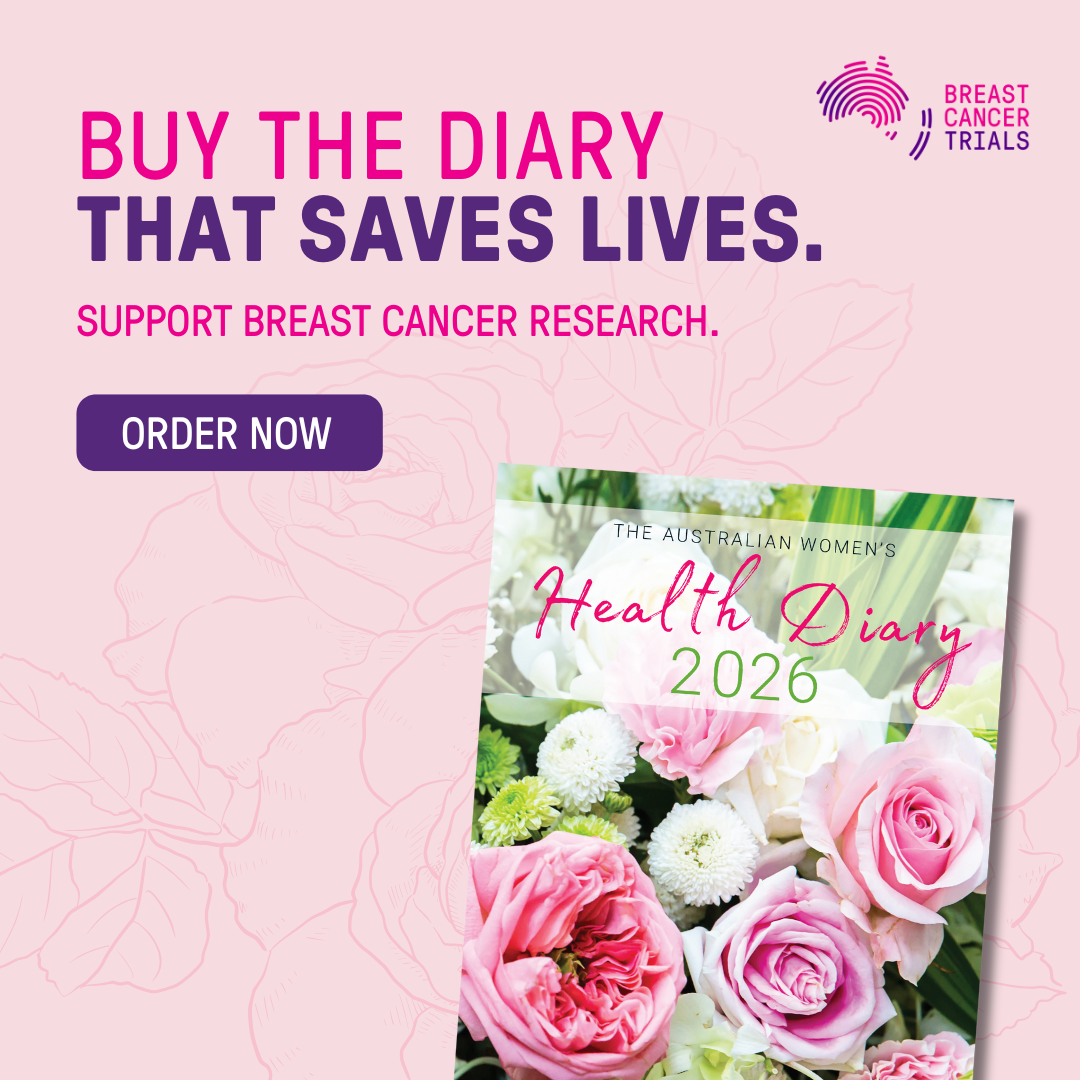Aboriginal Torres Strait Islander people are the rightful, sovereign owners of this land. Therefore, there is a different lens required when talking about us as a population.
There are human rights invested in Aboriginal and Torres Strait peoples via the United Nations declarations that are about sovereignty — and the ways that nation states are meant to negotiate with sovereign owners.
With that in mind, the government of a colonised nation is expected to engage with sovereign owners very differently.
Regrettably, the Commonwealth of Australia has indicated through the budget and the Women’s Economic Security Statement that they have no respect or consideration for Aboriginal and Torres Strait Islander people as the sovereign owners of unceded land. And there is no reflection of the United National Declaration of the Rights of Indigenous People in the budget.
That is deplorable – it’s a major oversight and incredibly worrying.
What’s more, the women’s economic security debate in no way reflects Aboriginal and Torres Strait Islander people’s demographic profile, including the fact that a third of our population are under 15 years of age. If we were designing a budget and an economic security statement to meet our needs, we would do things very, very differently if we were planning for young people, compared to an older, ageing, mainstream population.
Serving the needs of young people, and young women, requires a far greater investment in the social determinants of health and wellbeing, including ensuring all young people receive an education that is meaningful. It also requires much more investment in the prevention of health issues and illness. And it requires a much longer-term plan for economic prosperity that takes into account the types of jobs that are going to be needed in the future when our young people enter the workforce.
In twenty years, our economy is going to be very different simply because of advances in technology and climate change.
If we’re thinking about Aboriginal and Torres Strait Islander women now, we would be thinking about young women, with young children — not ageing women. Ageing women are a very small portion of our population. Yes, we do need to support them, but they are a minority of our population compared to our children and young people.
So, while the childcare debate did resonate — and it is important — Aboriginal and Torres Strait Islanders were not heard directly in that debate, so the nuances were not conveyed or considered.
One issue is the location of childcare; we need to ensure that it is available in both urban and rural and remote areas because our population is more evenly spread between the two.
Also, we need investment in Aboriginal and Torres Strait Islander community-controlled childcare. We’ve had some excellent successes in the past, with high rates of accessibility and holistic support for the family. But those services have been grossly underfunded and very few exist.
I would also argue for the reflection of Aboriginal and Torres Strait Islander cultures in mainstream childcare so that they’re not an extension of assimilationist policy and Anglo-Australian bias.
We can’t expect that an Aboriginal and Torres Strait Islander family would just take their children to any childcare available. We have to ensure that — as the original cultures of this country — those cultures are able to shape childcare rather than assume that Aboriginal and Torres Strait Islander will assimilate.
Those types of considerations will help address some of the reasons that childcare is less accessible — and less accessed — by Aboriginal and Torres Strait Islander families. Those centres have to be of high quality and safe — and that includes culturally safety, not only physical safety.
Lastly, it’s very important to remember that the allocation of funds to mainstream services is higher in the budget than for Aboriginal and Torres Strait Islander community-controlled services, even though Aboriginal and Torres Strait Islander economic analysis shows that community-controlled services are more cost effective and accessed at far higher rates than mainstream services. And they’re culturally safe, whereas people frequently experience racism in mainstream services.
In response to the question: how do we not only get to a place where we have a “gendered lens on the budget” but an “intersectional gendered lens”?
It comes back to basics. Unless people have relationships with Aboriginal and Torres Strait Islander people, they’re not really able to convey the needs of Aboriginal and Torres Strait Islander people.
It’s about much more than just inviting Aboriginal and Torres Strait Islander women to the table. It’s about actually listening to them, rather than talking at or over them. And those of us in paid work are exhausted. We get asked countless times a week for input. Women’s organisations — and any organisation that wants to work intersectionality — has to allocate funding to paying for Aboriginal and Torres Strait Islander women’s time.
So as much as I respect efforts toward intersectionality, unless there are partnerships with Aboriginal and Torres Strait Islander people, — a sense of allyship and shoulder to shoulder representation — some of that language about intersectionality can be hollow. It’s all circular, and it plays a part in why Aboriginal and Torres Strait Islander women might not engage.
This article is part of a series that is supported by the Judith Neilson Institute for Journalism and Ideas.




